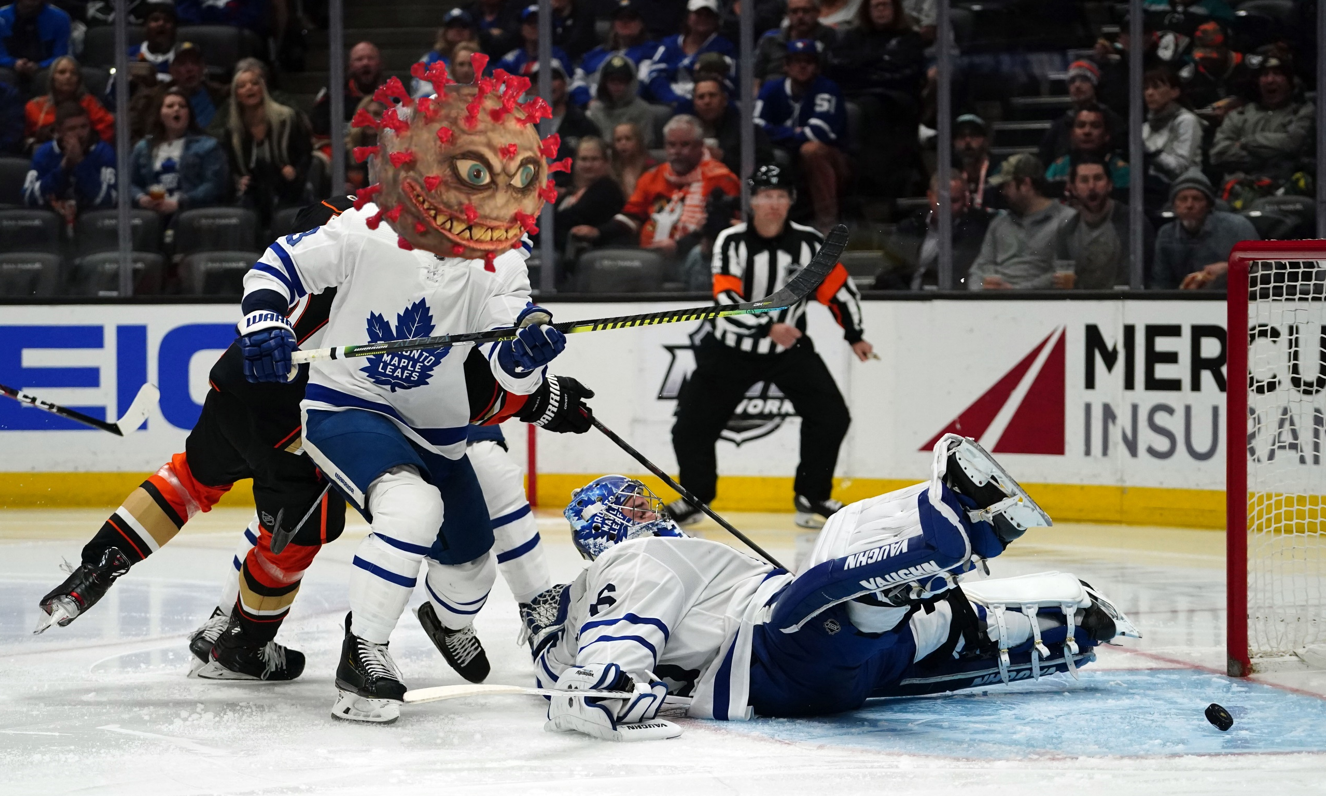Breaking News
- Panthers’ Matthew Tkachuk raves about ‘head of the snake’ Chris Tanev ahead of Game 4
- Auston Matthews does not attend Leafs’ morning skate, will play Game 4
- Why staying the course has never been more important for the Maple Leafs
- Craig Berube wants Joseph Woll to be more direct moving the puck
- Maple Leafs impressed with Matthew Knies elevating his game in playoffs
